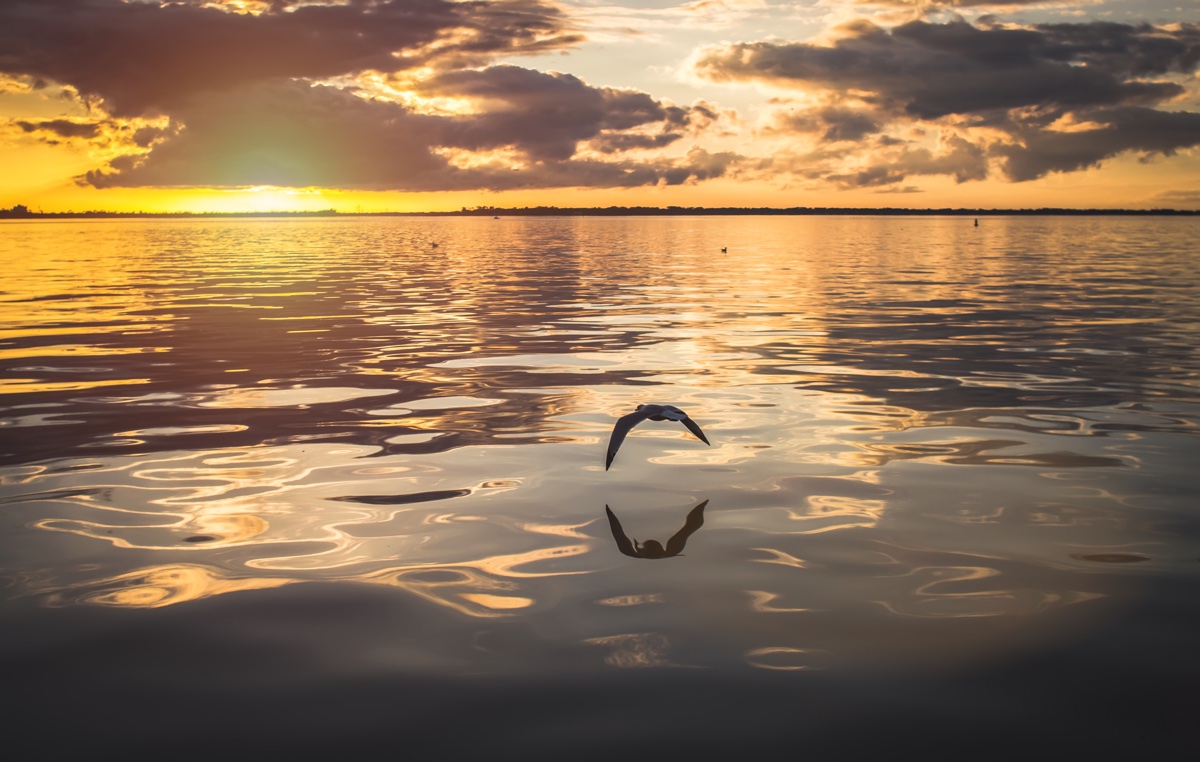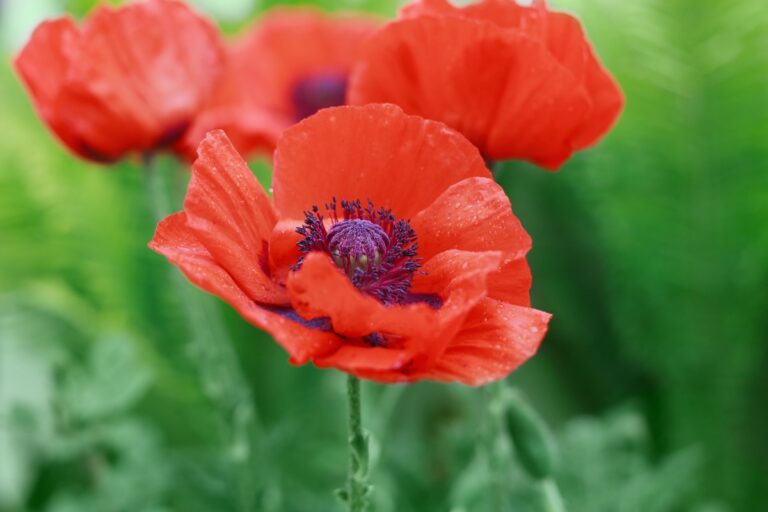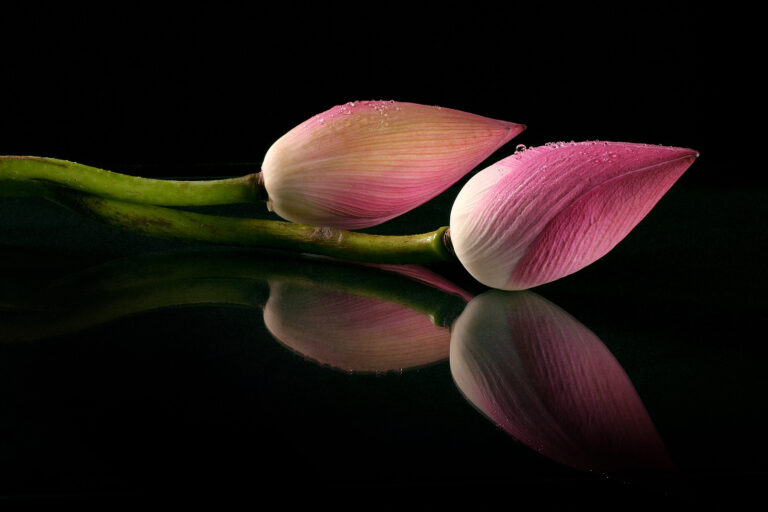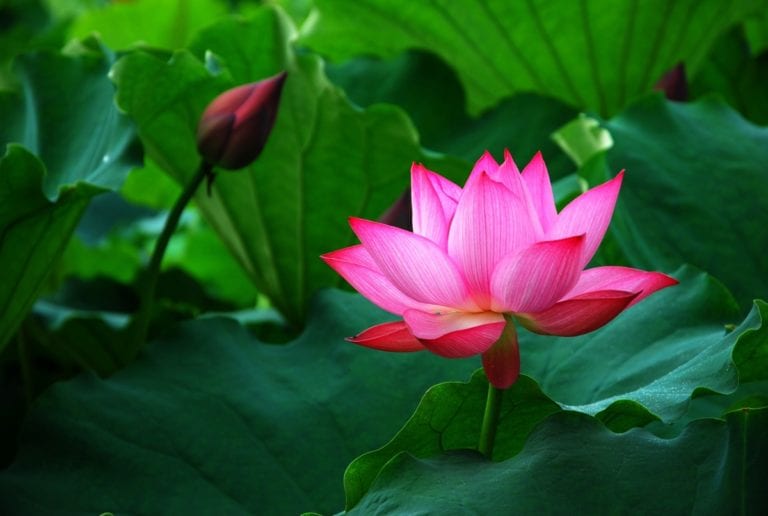September Audio Meditation
For those of you who prefer a meditation with images, here’s our YouTube version of this meditation:
Meditations, experiments, books and guided meditations to assist with nourishing spirituality, healing childhood wounds, and living more consciously.
Meditations, experiments, books and guided meditations to assist with nourishing spirituality, healing childhood wounds, and living more consciously.

For those of you who prefer a meditation with images, here’s our YouTube version of this meditation:

This month, we expand the everyday relationships you have with the world around you. Imagine you go to a store–notice how it is to recognize that when you enter the store, you are immediately in relationship with it. You have joined the community of presences that comprises the store. Take a moment to offer gratitude and blessings to the store and to everything and everyone within it, acknowledging within yourself the inevitability of relatedness, of community, every time you move in and out of a particular space, be it a store, a park, a recreational environment, any building–anywhere at all…
Please remember never to listen to guided audio meditations while driving or using dangerous machinery.
If you’d rather see images of nature as you meditate, here’s link to the youtube version…

This guided meditation invites you to attune to the essence of universal love as a form of subtle activism to offer healing to our suffering species and planet, orienting to the intention that universal love will create “the greatest good for the greatest number.”
Here’s a version without images:
Here’s YouTube version…

For many years now, I have explored and practiced a variety of mind-body approaches. This focus in my life came naturally, as I was raised in a family that followed a health-food-oriented physician named Henry Bieler. This was many years before that was a popular idea, so my family’s ideas about how to stay healthy were different from most of the other people in my world. My grandmother was also a healer, so I was immersed in an environment where alternative options to everyday physical ailments were also available… Read More “687th Week: The Inner Smile”